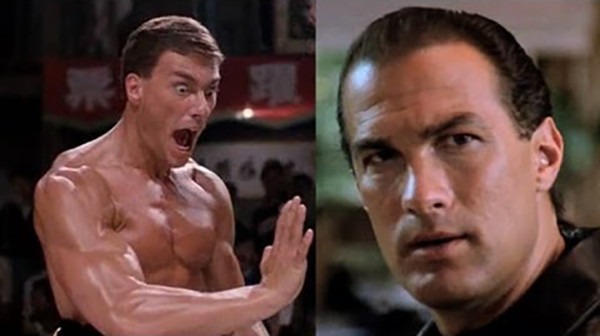Zeb Larson reviews Bullet Gal #12…
Bullet Gal has been an intelligent, stylish and mind-bending comic that lends itself to multiple interpretations. And now, Bullet Gal has come to a close with this twelfth issue. The ending might be off-putting because it feels so abrupt: there’s no great closure for Mitzi, merely a transformation. Yet what happens here leads into the rest of Bergen’s published work, so it might be more appropriate to say that it sets the stage for future adventures. I will be discussing the end issue spoilers in this review, so consider yourself forewarned.
Heropa has been dramatically changed by the reset from the last issue, though the majority of its inhabitants are unaware of the changes. Even those that are aware of the changes are struggling to adapt to the new order. Mitzi tries to go and visit Brigit for some vengeance, but Brigit has been transformed into a vacuous socialite with no memory of her prior existence. With her enemy effectively broken without even any awareness of it, Mitzi can’t bring herself to pull the trigger. The Lees have schemed to form a newspaper to direct public opinion in Heropa, while the rogue Lee has succeeded in his plan to create a new crime-fighting syndicate in the city. Mitzi adopts her new role as The Aerialist, surrenders her guns, and goes up on the roof to watch the sunset/reset with Lee.
The ending will feel abrupt because the series ends on an open note. The Lees continue to move forward with their plan, and their presence in this issue is marginal at best. What we have is a set-up for Who is Killing the Great Capes of Heropa?, so tailor your expectations accordingly. It is an interesting transformation for Mitzi, to transition from her firearms to a jetpack. Still, to see all of it and not be able to chase it further is frustrating.
But let’s dig deeper into the ideas at play here, because that’s the real meat of the series. If we think of Lee as the “creator” of Heropa and everything within, then what can we take away from the fact that they want to keep it “stable” and unchanging? At what point does a creator actually become a hindrance to the artistic development of his creation? Or is it an idea aimed at audiences rather than creators? The Lees are in the unique position of being the only ones aware that Heropa is all one great spectacle, and they’re witnessing the whole city as they search for Mina. Should audiences refrain from looking too deeply into comics and books and film? If so, what have I been doing with myself? There’s no easy answer to this, but it’s fun to think about the relationship of the audience and the creator to comic, and how to keep it fresh.
What I like so much about this series, apart from its numerous noir influences, is its commitment to breaking down the boundaries between not just the artist and his creation, but also the artist and other artists. The collage style of the book feeds into that, with all of the pictures from crime movies, advertisements, and ‘70s TV shows. The characters are that way as well. Some of them are aware that they’re fictional, and yet they continue to act according to the cultural tropes we’ve normalized. That’s why Mitzi continues to act like the gun-loving femme fatale even after she’s discovered all this truth about herself: she doesn’t know how to act any other way. It’s a rare person who can entirely escape the culture that they live in, and they only succeed by fleeing to another one.
I’ll miss the series now that it’s gone, but Bergen has other material coming out to tide me over. Bravo to a bold and stimulating series.
Rating: 8.8/10
Zeb Larson
https://youtu.be/yIuEu1m0p2M?list=PL18yMRIfoszEaHYNDTy5C-cH9Oa2gN5ng










